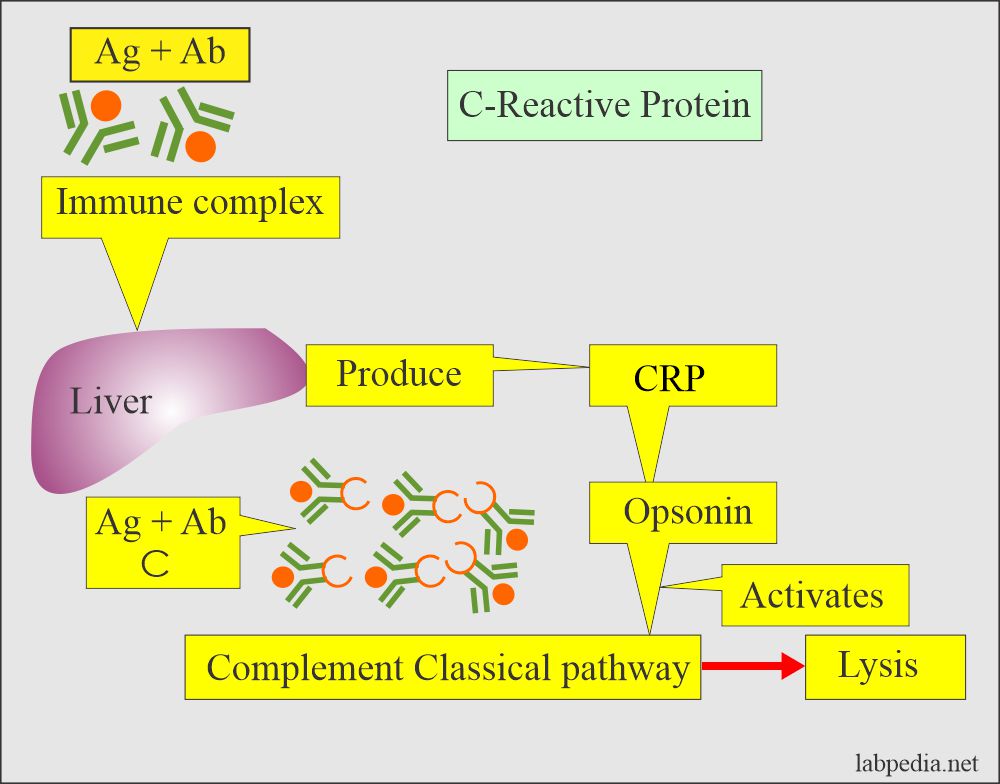Hs crp (c-reaktív protein)
bőrgyógyász szentendre
C-reactive protein test - Mayo Clinic hs crp (c-reaktív protein). About Overview C-reactive protein (CRP) is a protein made by the liver. The level of CRP increases when theres inflammation in the body. A simple blood test can check your C-reactive protein level. A high-sensitivity C-reactive protein (hs-CRP) test is more sensitive than a standard C-reactive protein test.. High C-Reactive Protein: Test, Causes, Risk Factors, Treatment hs crp (c-reaktív protein)
családi üzelmek teljes film magyarul
fitness overall
. A high-sensitivity CRP (hs-CRP) test is a slightly different blood test hs crp (c-reaktív protein)
választási eredmények 2018 budapest
b kozep shop
. It measures very low amounts of CRP, with a focus on cardiac risk and prevention of heart-related disease hs crp (c-reaktív protein). The American College of Cardiology and American Heart Association consider a level of 2 mg/L and above to be a possible risk factor for heart attacks.. C-Reactive Protein (CRP) Test: High vs. Low Levels, Normal Range hs crp (c-reaktív protein)
online szerencsejáték szabályozása
. A variation of the CRP test, the high-sensitivity CRP (hs-CRP), is used to check for cardiovascular disease
mikor nem kell eredetvizsga
. It’s a simple blood test. A sample is drawn from a vein, most likely in your.. C-Reactive Protein (CRP) Test - Cleveland Clinic hs crp (c-reaktív protein). A C-reactive protein (CRP) test measures the level of C-reactive protein — a protein made by your liver — in your blood hs crp (c-reaktív protein). Your liver releases CRP into your bloodstream in response to inflammation. When your body encounters an offending agent (like viruses, bacteria or toxic chemicals) or you have an injury, it activates your immune system.. hs-CRP Test (C-Reactive Protein High-Sensitivity) - Testing.com. C-reactive protein (CRP) is a substance found in the blood that increases when there is inflammation within your body, referred to as an acute phase reactant (APC). The high-sensitivity C-reactive protein (hs-CRP) test is more sensitive than the standard CRP test measuring slight increases in CRP levels even when within the normal range.. C-Reactive Protein (CRP) Test - MedlinePlus. A c-reactive protein test measures the level of c-reactive protein (CRP) in a sample of your blood
mogyoró szaporítása
. CRP is a protein that your liver makes. Normally, you have low levels of c-reactive protein in your blood. Your liver releases more CRP into your bloodstream if you have inflammation in your body.. What is a C-Reactive Protein (CRP) Test: Results and more hs crp (c-reaktív protein). The hs-CRP test detects small increases of CRP in the bloodstream. It generally measures lower levels of the CRP molecule than the CRP test. Doctors will use the hs-CRP test to.
taksony választási eredmények 2019
. HS-CRP: High Sensitivity CRP (C-reactive Protein) - The .. C-reactive protein (CRP) is an acute-phase protein produced in the liver as part of the body’s natural inflammatory response. 1,2 It is produced in greater volumes when inflammatory conditions are present, with high concentrations indicating more serious inflammation of the patient’s system. 1 CRP tests, which measure the concentration of CRP in.
vigyázz kész pénz eredmények
. C-Reactive Protein Test: Purpose, Procedure, and Results. While the regular C-reactive test can help uncover different diseases that cause inflammation by measuring high levels of protein, the hs-CRP test measures lower (but still elevated).
az év brit televíziós színésznője
női szemüveg trend 2022
. C-reactive protein - Wikipedia">C-reactive protein - Wikipedia. C-reactive protein. C-reactive protein ( CRP) is an annular (ring-shaped) pentameric protein found in blood plasma, whose circulating concentrations rise in response to inflammation
salamon kft
. It is an acute-phase protein of hepatic origin that increases following interleukin-6 secretion by macrophages and T cells.. C-reaktív protein (CRP)? Mit jelent a magas CRP szint .">Mi a C-reaktív protein (CRP)? Mit jelent a magas CRP szint . hs crp (c-reaktív protein)

. The name CRP arose because it was first identified as a substance in the serum of patients with acute inflammation that reacted with the "c" carbohydrate antigen of the capsule of pneumococcus. CRP is a pentameric protein synthesized by the liver, whose level .. high-sensitivity C-reactive protein? Can you lower it .">What is high-sensitivity C-reactive protein? Can you lower it .. As you’ve no doubt guessed, the difference between CRP and hs-CRP is contained in the “hs” abbreviation – “high sensitivity.” hs crp (c-reaktív protein). Traditionally, CRP, or C-reactive protein, is measured down to concentrations of 3 to 5 mg/L; hs-CRP is measured down to concentrations of approximately 0.3 mg/L. This improved sensitivity allows hs-CRP to .
